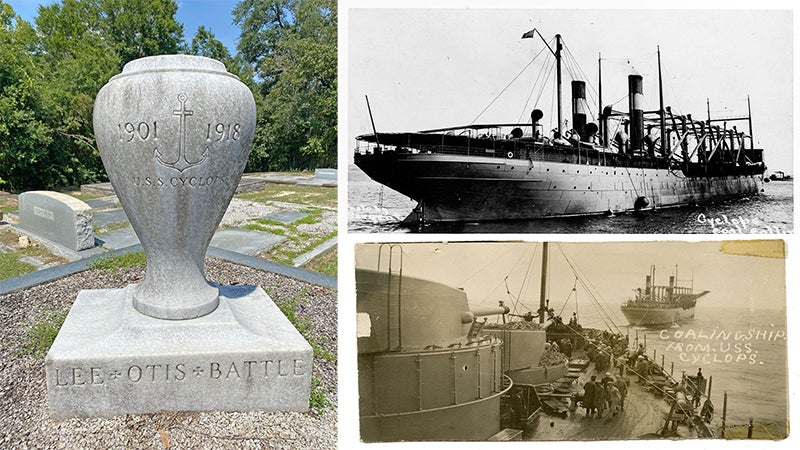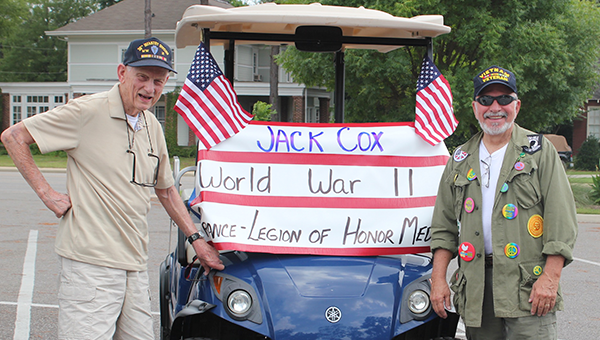15 years later, emotions of 9/11 still just beneath surface
Published 1:50 am Saturday, September 10, 2016
“Go there,” my friends said. “You have to.”
Truly, I did not want to experience the numbing emotion of 9/11 again. But I am my father’s daughter, hence it has been instilled in me that one should always learn something when one travels.
And, I had a newly-minted 16-year-old in my charge. I wanted her to understand that the world was not always this way; that there was a time when no one would have thrown away her shampoo and perfume in the airport because the bottles were too big, or asked her to remove her shoes.
So not only did we visit the site of World Trade Center, but we spent hours underground on a guided tour of the museum.
The collection houses more than 11,000 artifacts, more than 300 moving images, more than 40,000 print and digital photographs, and more than 3,000 oral histories and audio recordings.
But it was the personal stories that touched us both.
Welles Crowther was 24. He worked on the 104th floor of the South Tower.
When he was a little boy, his father gave him a red bandana. As he grew up, he carried the bandana everywhere – under a sports uniform in high school, in a pocket – but always, he had one.
He had a degree in economics and was an equities trader, but he wanted to leave the business world behind and join the Fire Department of New York, or the FBI.
On that morning, after the towers were hit, he called his mom to let her know he was OK. As he started down, he carried a young woman on his back, and directed other survivors to a stairway. When he had gotten them to safety, he went back up to help others, wearing his always-present bandana to protect him from smoke and haze.
He found another group, helped them put out some small fires, and then took charge.
“Everyone who can stand, stand now. If you can help others, do so,” he told them. Then he went back to help others.
Many survivors reported seeing a man in a red bandana that day, or receiving help from him. It was when his mother read, months later, about the red bandana, that she knew what happened to her son. He is believed to have saved as many as 18 people.
His family started a classroom character development program, the Red Bandana Project, and established a trust in his name. And in 2006, he was posthumously named an honorary firefighter for New York City.
One of his bandanas is in the museum – a reminder of the many heroes who died that day helping others.
No, I didn’t want to experience the emotions again, but I was mesmerized and teary-eyed from the experience; my charge was, too.
Michele Gerlach is publisher of The Star-News.



